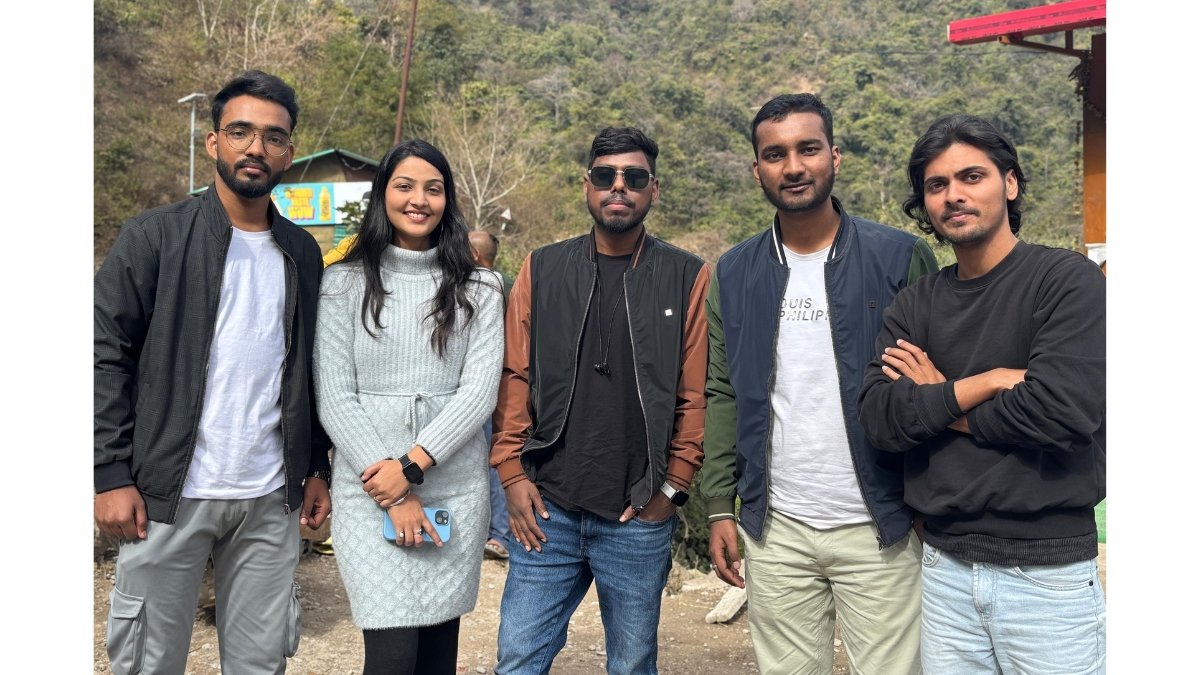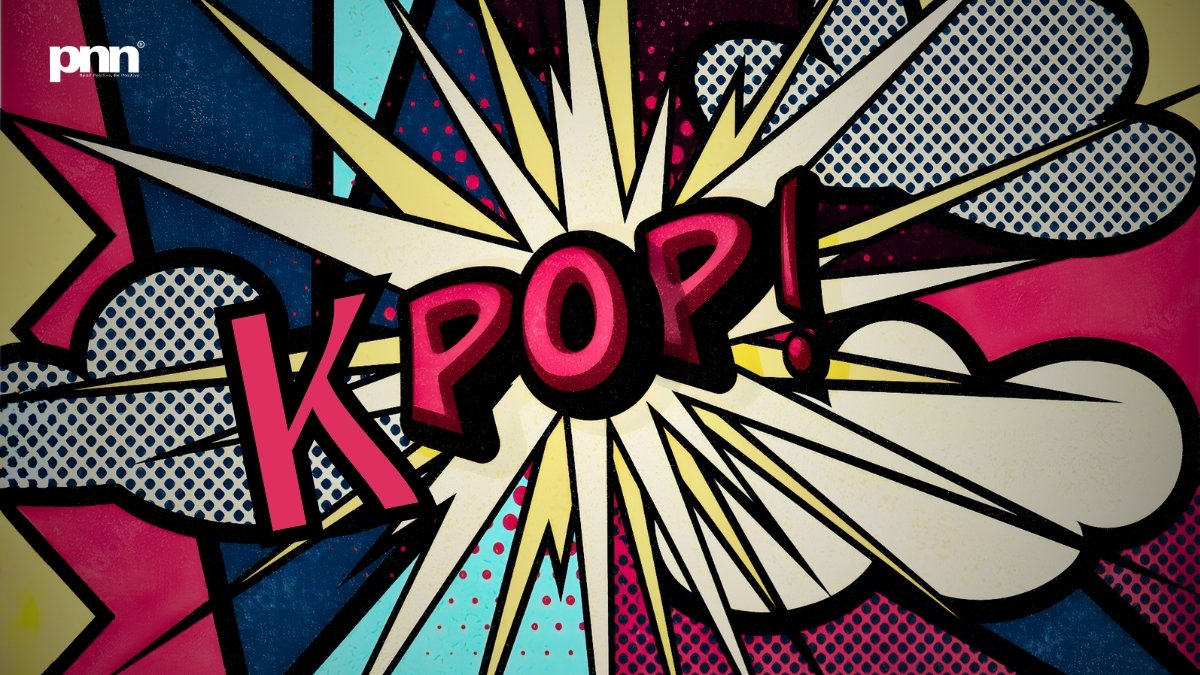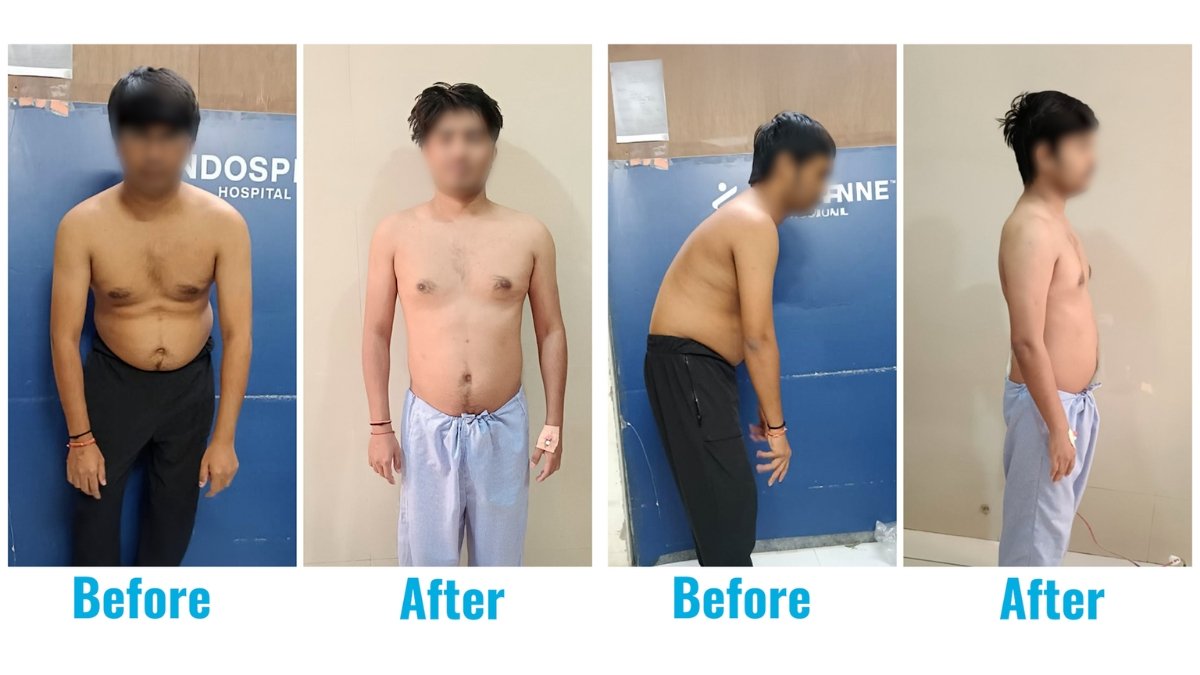Pradhan Mantri Jan Dhan Yojana: 11 Years of Real Impact by PMJDY!

New Delhi [India], August 28: India’s mega banking inclusion drive, the Pradhan Mantri Jan Dhan Yojana (PMJDY), just hit its 11-year milestone. Numbers don’t lie: 56 crore accounts, ₹2.68 lakh crore in deposits, and crores of women and rural poor finally plugged into the formal economy.
A Mission That Changed Banking in India
Launched by Prime Minister Narendra Modi in 2014, PMJDY was written off by critics as another sarkari scheme. Eleven years later, it’s the world’s largest financial inclusion programme. Union Finance Minister Nirmala Sitharaman put it plainly: without access to banking, the poor remain locked out of growth.
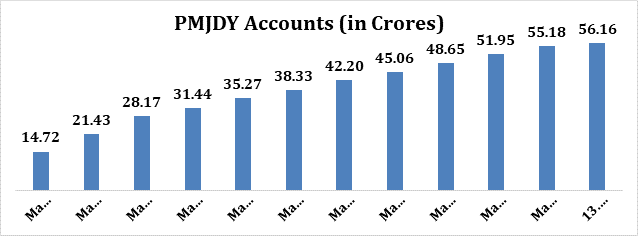

She backed that with hard data. Since 2014:
- 56.16 crore accounts opened
- ₹2.68 lakh crore deposits collected
- 38.68 crore RuPay cards issued
- 67% accounts rural/semi-urban
- 56% accounts held by women
That’s not a headline number. That’s a tectonic shift.
Rural, Women, Forgotten India, Now in the System
The rural poor, daily wagers, and women who earlier survived on cash, moneylenders, and chits now sit in the same banking ecosystem as the middle class. Over half of Jan Dhan accounts are run by women. Two-thirds are rural. For once, the data tells a story of dignity and empowerment, not just file-pushing.
Minister of State for Finance Pankaj Chaudhary went even further, calling PMJDY “one of the most successful financial inclusion initiatives in the world.” For once, it’s not chest-thumping, it’s true.
The JAM Trinity: India’s Diversion-Proof Delivery System
Remember leaky subsidies? Ghost beneficiaries? The JAM trinity, Jan Dhan, Aadhaar, Mobile, killed most of that. With DBT (Direct Benefit Transfer), welfare money lands directly in bank accounts. In FY 2024–25 alone, ₹6.9 lakh crore was pumped straight into people’s accounts. No middlemen, no bribes.
It’s no exaggeration to say PMJDY is the spine of JAM. Without bank accounts, Aadhaar and mobile were just numbers. Together, they’re India’s most underrated governance hack.
Features That Matter, Not Jargon
PMJDY isn’t about free passbooks. Its features are blunt, simple, and life-changing:
- Zero balance accounts
- Free RuPay debit card with ₹2 lakh accident cover
- Four free withdrawals a month
- Overdraft up to ₹10,000
- Direct deposits from government schemes
These are not “perks.” For millions, they are the difference between debt traps and basic security.
From Dormant Accounts to Real Savings
Critics once sneered that Jan Dhan accounts were “zero balance” and dormant. Not anymore. Average deposits now stand at ₹4,768 per account, nearly four times higher than in 2015. That’s proof of habit-forming savings. Families are using their accounts, not abandoning them.
Digital Transactions: From RuPay to UPI
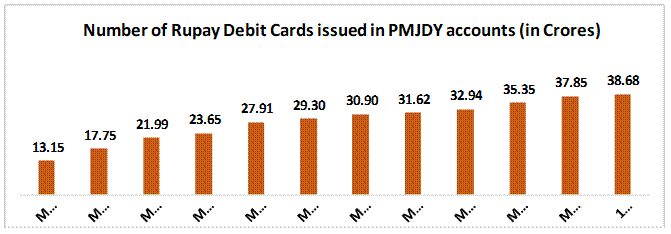
The knock-on effect of Jan Dhan is digital India on steroids. With RuPay cards, UPI, and cheap smartphones, transactions exploded. Just look at the numbers:
- Digital transactions: up from 2,338 crore in FY 2018–19 to 22,198 crore in FY 2024–25
- UPI transactions: from 535 crore to 18,587 crore in the same period
- RuPay usage: 93.85 crore transactions in FY 2024–25
Once again, it’s rural India, the sabziwala, the mason, the migrant worker, driving this change.
Insurance, Pensions, and Mudra Loans
The ecosystem didn’t stop at savings. PMJDY became the gateway to social security:
- Pradhan Mantri Jeevan Jyoti Bima Yojana (life cover)
- Pradhan Mantri Suraksha Bima Yojana (accident cover)
- Atal Pension Yojana (pension safety net)
- Mudra loans (for small businesses and vendors)
This layered approach is what makes the scheme more than just a banking drive. It’s a financial dignity project.
The Saturation Drive, Last Mile Push
Since July 2025, banks have been running camps in every gram panchayat to mop up the last unbanked households. Camps are doubling as KYC update centres and micro-insurance enrollment drives. Over 1.77 lakh camps have been held so far.
The deadline is September 30. The government wants “saturation”, meaning every adult has a bank account, insurance, and pension access. Ambitious? Yes. Achievable? At this pace, probably.
Pradhan Mantri Jan Dhan Yojana: A Global Outlier
Most countries still struggle with financial exclusion. India has gone from half the population unbanked in 2011 to near-saturation in 2025. The World Bank and global agencies routinely showcase PMJDY as a case study in mission-mode governance.
This is not accidental. It’s deliberate policy, scale, and political will. Call it what you like, Modi’s pet project or BJP’s welfare plank, but the numbers have buried the cynicism.
Final Thoughts
For once, India didn’t just play catch-up. It set the benchmark. From New York to Nairobi, policymakers are asking: how did India pull this off? The answer is simple, political will, Aadhaar, mobile phones, and relentless banking camps.
As PMJDY enters its 12th year, it’s clear: this is not just about “financial inclusion.” It’s about India deciding that poverty will no longer mean financial invisibility.
As an Indian, it’s satisfying to see the world call PMJDY “the largest financial inclusion initiative.”




